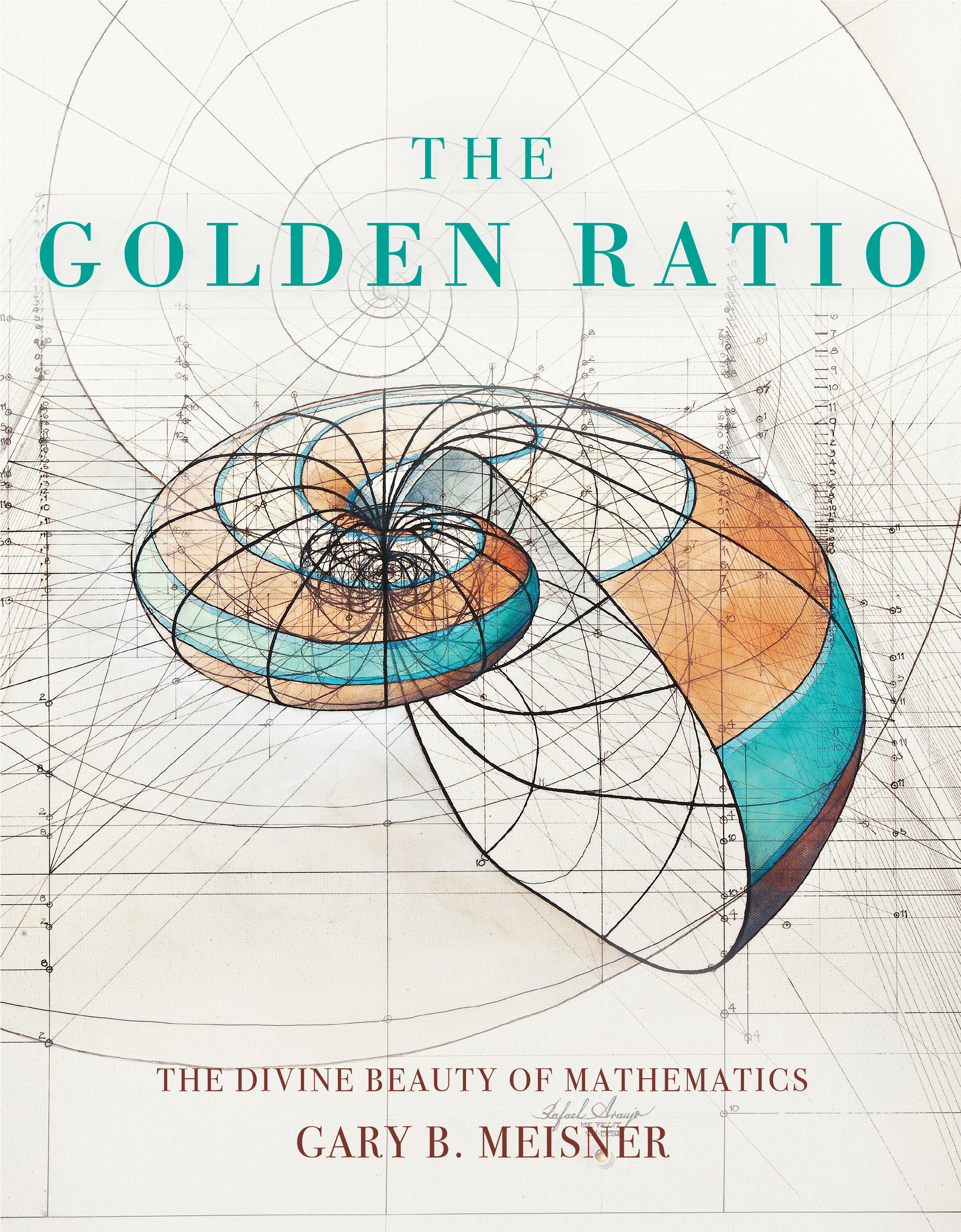

Findings: The results of this survey show that growers overwhelmingly support the idea of a guest worker in the United States program. Descriptive statistics were used to analyze the results. Two hundred and forty-two agricultural growers throughout the state of Texas had the survey administered to them electronically. The elements identified in the scholarly literature were used to develop a framework that served as the basis for the survey instrument. Methods: To satisfy the research purpose, this paper used survey research. The eighteen elements of guest worker policy identified in the scholarly literature were organized into six categories that include the hiring process, labor standards, enforcement, legal status, border security, and possible outcomes.

In addition, it provides agricultural growers (key stakeholders in the process) opinions about what guest worker policy should look like, and what elements it. This research should give policy makers a better understanding of guest worker policy issues. Purpose: This purpose of this research is to describe the attitudes and opinions of agricultural growers in Texas regarding guest worker policy. Some comments on the response model and estimation are given, though these topics are covered in detail elsewhere. A variety of operational models results, which are being tested on data of the Uppsala Household Travel Study. Because this structure is mathematically complex for large choice sets, an alternative class of “binary” models is proposed, involving the representation of set-choice probabilities in terms of underlying (non-revealed) binary preferences. One, containing “nonbinary” models, results from direct application of Thur- stone's structure. Two broad classes of choice models are given. They contain two logically distinct components that are termed here the choice model and the response model. The models are adaptations of “Thurstonian” random utility models in psychology. They are designed for revealed-preference estimation using travel diary data. Several probabilistic models are introduced for individual destination choice in intraurban travel. Therefore, we argue that the golden ratio should not be considered as a special universal constant in self-replicating systems, and that the ratios between different chemical species only go to certain numbers under some idealised scenarios. In addition, these “universal constants” are transient behaviours of self-replicating systems, corresponding to the scenario that the resource inside the system is infinite, which is not always the case in practice. The “universal constants” in these systems arise as roots of a limited number of distinct characteristic equations.

However, many other algebraic numbers arise from these systems, and some of them-such as and 1.22074… which is also known as the 3rd lower golden ratio-arise more frequently in self-replicating systems than the golden ratio. We find that many self-replicating systems can be characterised by an algebraic number, which, in some cases, is the golden ratio. In this paper, we employ a general framework for chemically realistic self-replicating reaction systems and investigate whether the ratio of chemical species population follows “universal constants”. Such empirical examples continue to give credence to the idea that the golden ratio is a universal constant, not only in mathematics but also for biology. Recently, it has been claimed that ϕ determines the ratio between the number of different nucleobases in human genome. One example where the golden ratio often arises is in self-replication, having its mathematical origins in Fibonacci’s sequence for “rabbit reproduction”. The golden ratio, ϕ = 1.61803…, has often been found in connection with biological phenomena, ranging from spirals in sunflowers to gene frequency.


 0 kommentar(er)
0 kommentar(er)
